Riding the Tides (25 years of WaterShapes)
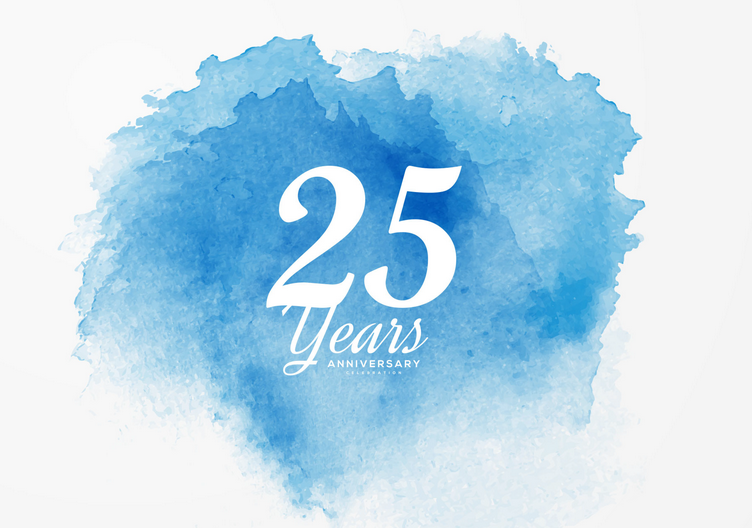

Since its debut in February 1999 as an innovative print magazine, WaterShapes has spent the past 25 years exploring the art and science of water – and the oceans of possibilities waiting to be discovered along the way. As Eric Herman shares in this special retrospective, the long journey through the world of water has been its own unique reward.
This month marks the 25th anniversary of WaterShapes’ first issue. It was February 1999 when an unusual new magazine first landed in mailboxes across the U.S. and Canada.
All these years later, the publication is still here, exploring the art and science of water with a unique level of insight and creativity. I’m amazed to think it’s been so long, but when looking back at the WaterShapes experience – a movement, some might call it – the publication has covered a tremendous amount of ground. And for all of the vast amount of content the it’s generated, we know for a fact that there’s much more to explore.
From the start and by design, WaterShapes has always been a departure from other trade publications. Conceptually, it’s rooted in the common business-to-business publishing model that has served the pool and spa industry for generations. But from its first issue forward, the magazine’s content has reached far beyond the coping.
BUOYED BY BALANCE
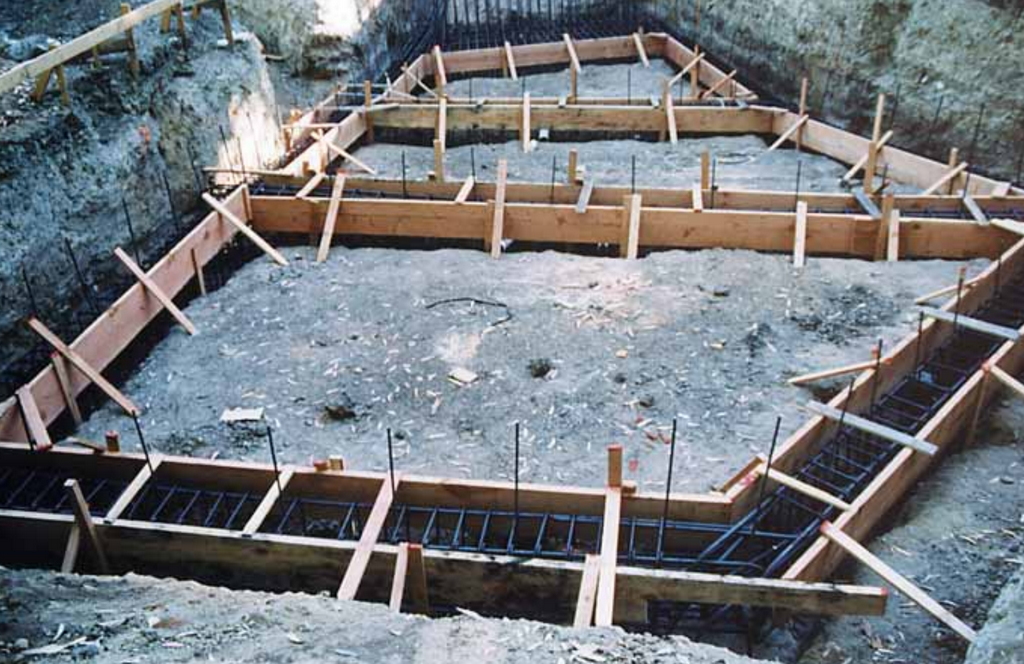
WaterShapes has always looked at the structures that contain and display water as both an artistic medium and an architectural discipline – as well as a source of fun, health, beauty and fascination and a critical, life-sustaining resource. As important, our content has largely focused on the grit, skill, energy and ingenuity of contractors and trade artisans who create these bodies of water.
Yes, the content began with its roots in pools and spas, but right from the start it also embraced ponds, streams, lakes, rivers, waterfalls, fountains, waterparks, watergardens, interactive water systems, zoological exhibits, public art, private pleasure domes and, it’s true, even birdbaths. WaterShapes has encompassed and enjoyed that journey in a way that is genuinely unique, useful and enriching.
I was on board from the start as the publication’s founding editor, but the credit for creating the publication belongs to my long-time friend, mentor and spiritual brother, Jim McCloskey. As the now-almost-famous story goes, Jim came up with the idea for WaterShapes while relaxing in his spa with a pitcher of Margaritas. But later, when he told me about the idea and suggested that I should take on the editor’s role, I was somewhat reluctant (to put it mildly).
Years prior, Jim and I worked together at Pool & Spa News, where, as editor, he hired me as an associate editor – way back near the beginning of time in 1989. My first exposure to the industry was tough, partly because the magazine was a twice-monthly publication with a rigorous schedule, but also because the it was deeply engaged in contentious industry relationships, spheres of influence and long-running feuds and intrigues. We used to joke that we were paid as much for what we didn’t print as what we did.
What has always been unique about WaterShapes is the willingness of so many of its contributors to hang it out over the edge and share information that would’ve been considered “trade secrets” in most of the industries I’d worked with in my previous 20 years in publishing. They tell personal stories, investigating potentials and possibilities: Through WaterShapes, these men and women invite the whole wide world to look over their shoulders – sometimes at missed opportunities but mostly at admirable successes. It is powerful and immediate in a way I had witnessed only rarely in trade publishing before WaterShapes took flight in February 1999.
Jim McCloskey
Having escaped that publication and its wholehearted involvement in industry politics, I had no desire to return to a traditional pool-industry trade magazine. Fortunately, that was not Jim’s idea. From the start, he wanted WaterShapes to stand apart.
One of our big ideas was to fuse the world of pools and spas with landscape architecture. After all, both professions create spaces for human occupation, so it seemed natural to cross the diamond with the pearl, so to speak. We had defined our mission as exploring a Venn diagram-style intersection of two entirely separate industries, excited by the editorial sweet spot we saw between pool builders who employed or worked with landscape architects, and landscape architecture firms that referred watershape installation to pool contractors.
The whole “grand unified theory” was based on the idea that the presence of water in the landscape creates a set of shared interests as well as a need for common skillsets and elevated intellectual disciplines. After all, both pool builders and landscape architects create systems that contain and move water and share a need to know a thing or two about hydraulics. The same could be said of soils science, water chemistry, materials, architectural history, color theory, all levels of technology and numerous other disciplines.
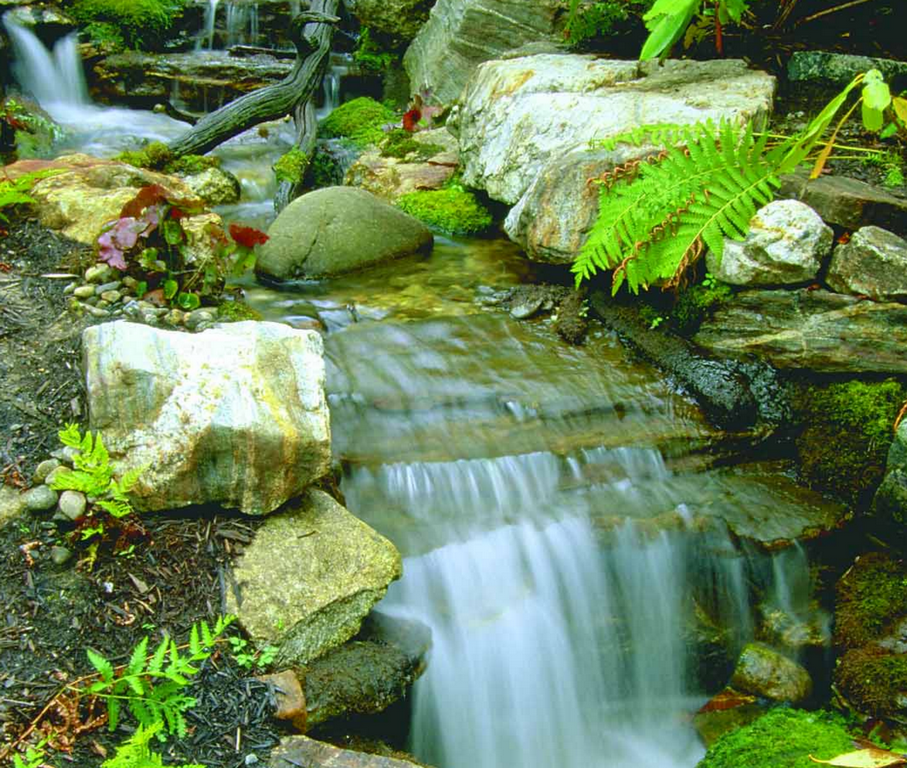
MAKING WAVES
From a business and publishing standpoint, we believed we could build a unique following among those who had a professional stake in working with water, be they pool professionals, landscape architects, architects, general contractors, waterpark specialists, pond installers, Japanese gardening enthusiasts or anyone else interested in shaping water as a professional pursuit.
We also had a pretty good idea that what we were trying to pull off was not going to be easy. We knew we would face significant competition while introducing a publication with a funny name and a focus that wasn’t so easy to define. Just the same, we were confident in both the concept and our ability to make it work.
Backing up a bit, Jim coined the term watershapes, which I instantly adored for a bunch of reasons. For starters, it’s a wonderful oxymoron in that water has no shape, ergo the act of containing water gives it shape. We could’ve used scape instead, but that kind of made it a cliché. And the term “scape” sort of implied “shape” anyway.
Knowing I’d be charged with using the term in the magazine’s content, it was nice that the word could be deployed as a noun, as in a watershape, referring to all of the bodies of water mentioned above, or as a category of professionals, watershapers. It also serves as an adjective, a watershape builder, and as a verb, particularly as a participle or gerund – that is, watershaping. Versatile and very cool!
WaterShapes has always led by nudging from behind. In other words, the impulses driving the industry forward have come from watershapers themselves rather than from the publication or the website. Sure, we’ve played a role by establishing a credible forum and managing to find people out on the bleeding edge who have been willing to share what they were learning. Over time, however, a clear momentum has developed and this culture of sharing has drawn out more people who’d previously thought they were alone in the wild. And now it’s become a self-perpetuating conversation and a compelling, ongoing “meeting of the minds.”
JMc
To help spread the word in a very literal sense, Jim never trademarked the term, and this ran against the advice of his legal counsel. Jim wanted it to become part of the industry’s vernacular, but in a greater sense, we both hoped it might even become the descriptor of what could be a new industry – one focused on the power and beauty of systems that contain decorative and recreational water.
We knew the whole concept was powerful and began assembling an all-star team of full-time remote employees – highly unusual back in the mid-90s – and the whole process was mostly great fun. Sure, we weathered our shared of stressful days, but everyone involved really wanted it to work and we soldiered on.
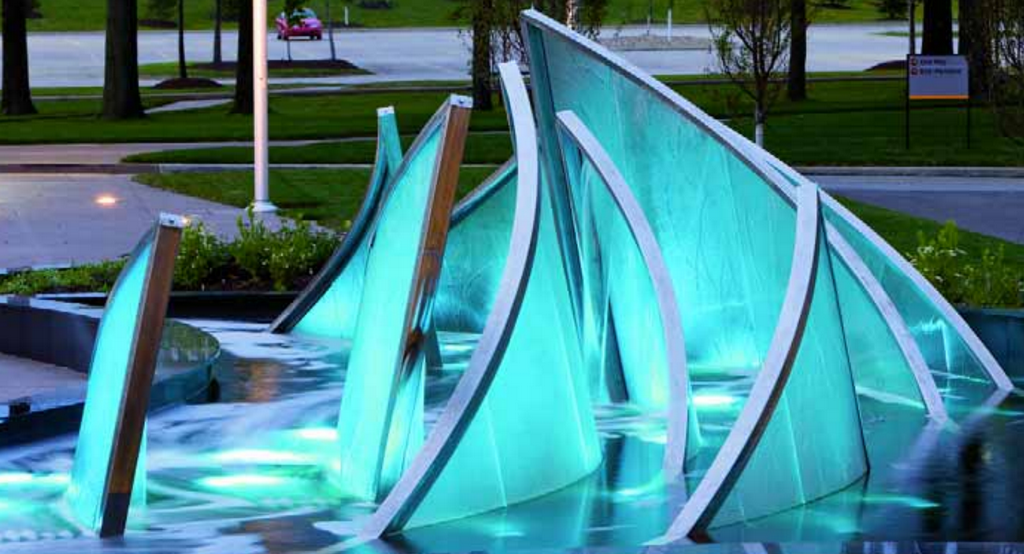
We believed WaterShapes would resonate with a ready market, but we also knew that magazine startups are high-risk endeavors. Failure was a possibility, but from the start we saw so many positives that we never really had a chance to waver in pursuing our shared vision.
KEY CONFLUENCE
Because both Jim and I had experience in the pool and spa world, we had Rolodexes (yes, Rolodexes!) filled with names of key contacts we could turn to for advice, ideas and sponsor contacts. Among them were Jim’s great friend Vance Gillette of Jandy fame, but there were also three guys we counted among our best contacts in the industry who also happened to be starting a new educational system at the exact same time.
That trio was just getting off the ground with the Genesis 3 Design Group, as it was originally known.
We immediately huddled with its principals, David Tisherman, Skip Phillips and Brian Van Bower. They lent us their full emotional support, and Brian became our very first monthly columnist. In return, we happily supported their mission and promoted their programs. It was a great match: We all wanted to elevate the industry with advanced information – Jim and I through a print magazine, Brian, Skip and David in classrooms.
(As an aside, I have a lifelong habit of losing arguments, often in the most eloquent of ways. Back in those early days, I was puzzled by their choice of naming their organization after a book in the Bible; it seemed the height of pretension to me. In this case, I didn’t even get to the point of suggesting alternatives when Tisherman, in his inimitable fashion, told me to, well, drop it, because he’d come up with the name himself and had taken it from second Star Trek movie, “The Wrath of Khan,” no biblical reference intended!)
The WaterShapes/Genesis connection lasted nearly two decades, but in those first few years, when it was all so new and daring, we felt like a rebel insurgency, redefining the future based on new thinking and a better way of seeing the industry. We meant to disrupt the status quo and did all we could collectively to dignify watershaping as a profession.
If you don’t want to be held accountable for the shortcomings of your “competition,” your best bet is to mentor them and share what you know so all players in the marketplace have the opportunity to be as dignified, well-informed, well-educated and professional as you are. To be sure, there are still bad actors out there who compromise this ideal, but I think back to the 1980s and ’90s and wonder if watershaping would have progressed nearly as much as it has without the measures of deliberate, dedicated selflessness WaterShapes has encouraged through the last 25 years.
JMc
The publication also benefited from a number of macro trends taking hold at the turn of the millennium. The dot.com boom had resulted in rapidly escalating real estate values, giving homeowners ample resources they could devote to home improvements. The first wave of Baby Boomers also began approaching retirement age and had begun focusing more and more on at-home environments. That interest was further stoked by the emergence of the Internet and by cable programming on networks such as HGTV.
In many ways, the creative evolution ushered in by WaterShapes and Genesis during that period was an inspired response to growing demand. Those factors pushed us all toward a golden age of creative and economic expansion for pools, spas, fountains, ponds and more.
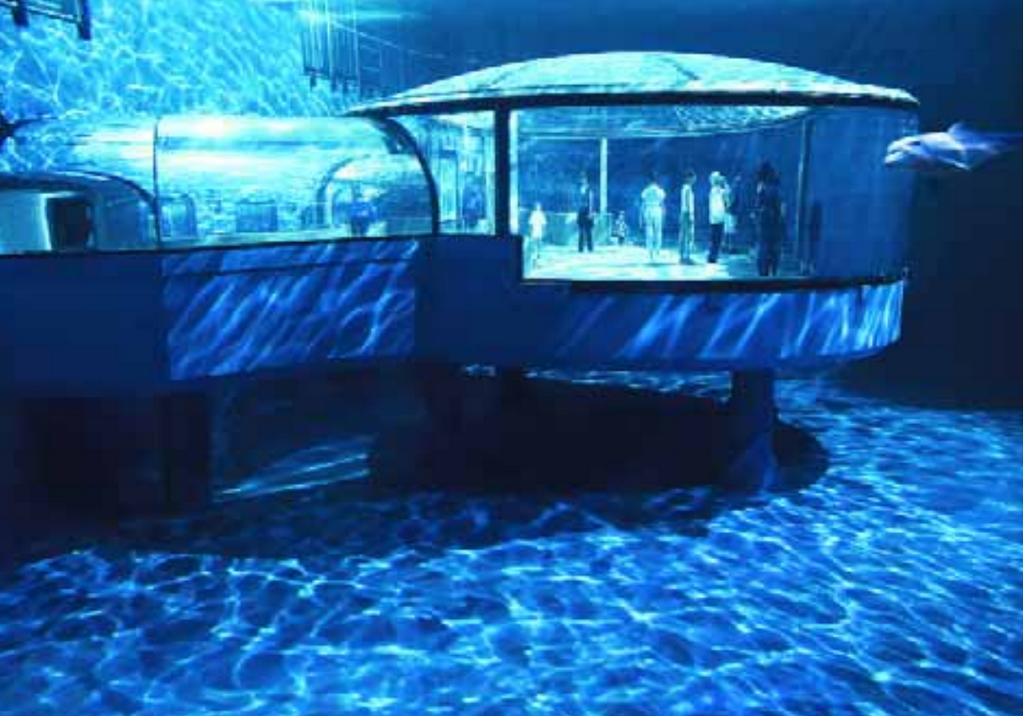
EVERY DROP
Over the years, we at WaterShapes have never lost sight of the fun aspect of watershaping. This is, for the most part, a profession dedicated to embodying the good life, pursuing beauty and even self-indulgence. Pools and spas encompass epic health benefits when used for exercise, but they are also deeply vested in the pleasure principle.
On that front, we have definitely had it both ways. Health, fitness and wellness are well positioned as societal values given our aging population; that is, swimming is fun and good for you. As well, the popularity of poolside partying and of enjoying the pure aesthetics of watershapes is of equal and arguably greater importance with respect to the industry’s sustained vitality.
Along the way, WaterShapes has taken its readers on an unending journey through a world of beautiful aquatic spaces. We’ve gone there in countless project profiles in which designers and builders pull back the curtain on their finest works. We’ve explored the history and architectural traditions of some of the world’s greatest destinations. From Villa d’ Este and the gardens of Kyoto to the lavish pools of Hearst Castle and the monumental genius of Fallingwater, we’ve shared a ride of liquid joy and fascination.
Naturally, the publication has gone through significant changes over the years. Reading these words, you’re on a website that now contains the entirety of WaterShapes’ editorial output, roughly 5,000 articles in all. You can find PDF downloads of every print issue as well as every article, newsletter and email edition that’s been released since the magazine became an online-only publication back in 2011.
From that time until 2020, Jim kept the publication alive through some tough years, especially during and after the Great Recession. I left the magazine for nine years while he soldiered on, maintaining the quality and vision for which WaterShapes had become known. I have long considered Jim’s efforts in those years as the greatest act of professional idealism and courage I’ve ever witnessed. I know he went through times of stress and chronic physical discomfort, but he believed in the concept and had the talent to keep it rolling.
Then there came an unexpected twist of fate that resulted in something of a rebirth. Two of WaterShapes’ long-time contributors, Dave Peterson and Bill Drakeley – who were also marquee instructors for Genesis – decided to start their own education company and call it Watershape University. When Jim expressed a desire to step back, they jumped at the opportunity to acquire WaterShapes, including the publication, its entire catalog of content and its ever-growing subscriber lists.
At that time, right at the start of the pandemic in February 2020, I was rehired and gave Jim a chance to retire while handing off operations and content generation to someone he trusted. For the past four years, operating under the Watershape University banner, I’ve worked to move the publication into the future, all while staying true to the publication’s guiding principles.
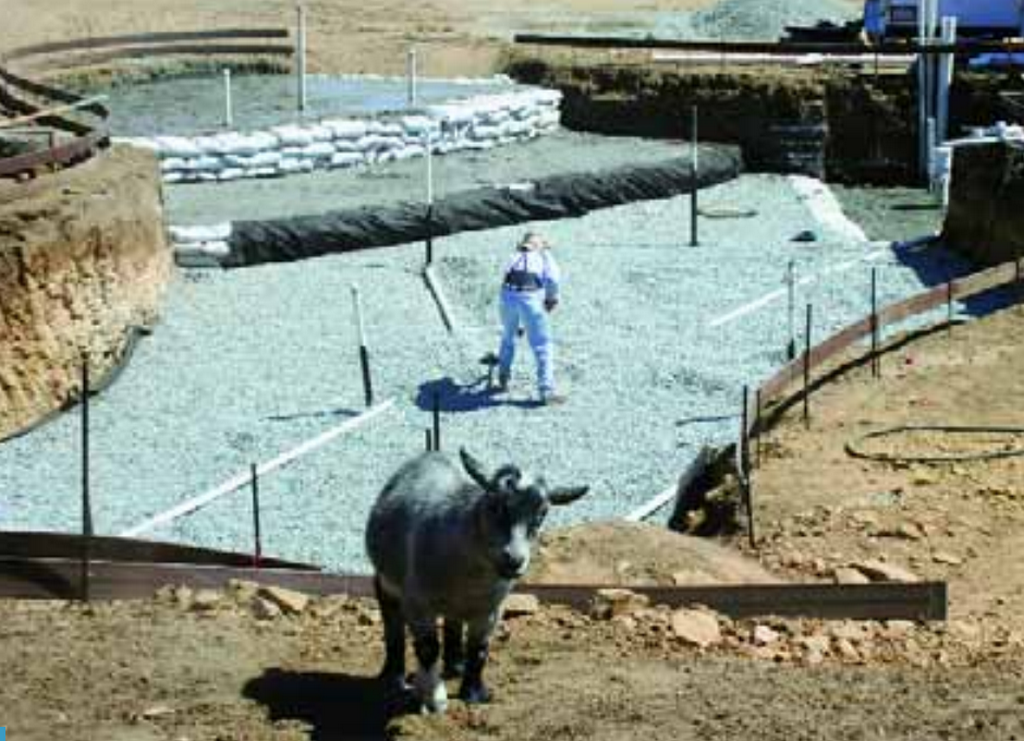
Although the delivery method is different than it was in the days of paper and ink, the commitment to quality and the creative spirit remains unchanged. Our pages still feature the greatest roster of watershaping practitioners, educators and innovators assembled anywhere in the world, and we maintain our determined pursuit of words and images that put the best of watershaping within reach of new generations of readers.
At its heart, WaterShapes has always been a deeply idealistic publication based on the simple principle that if people find reading our articles useful and interesting, everything we’ve done has been worthwhile.
I am so enormously grateful for the opportunities that Jim and this great publication have afforded me, for the remarkable work and experiences so many others have shared, and especially for the support of you, our readers, whose kind attention steadily raises the tides.
Eric Herman is WaterShapes’ founding editor. He has worked as a writer and editor for more than 35 years across a spectrum of topics; generating and managing content for a variety of magazines, books, manuals, organizations, websites and other information sources. He is best known for his long association with the world of water, both professionally and personally. He is given to long conversations, humorous observations, poetic musings and highly expressive emails.









